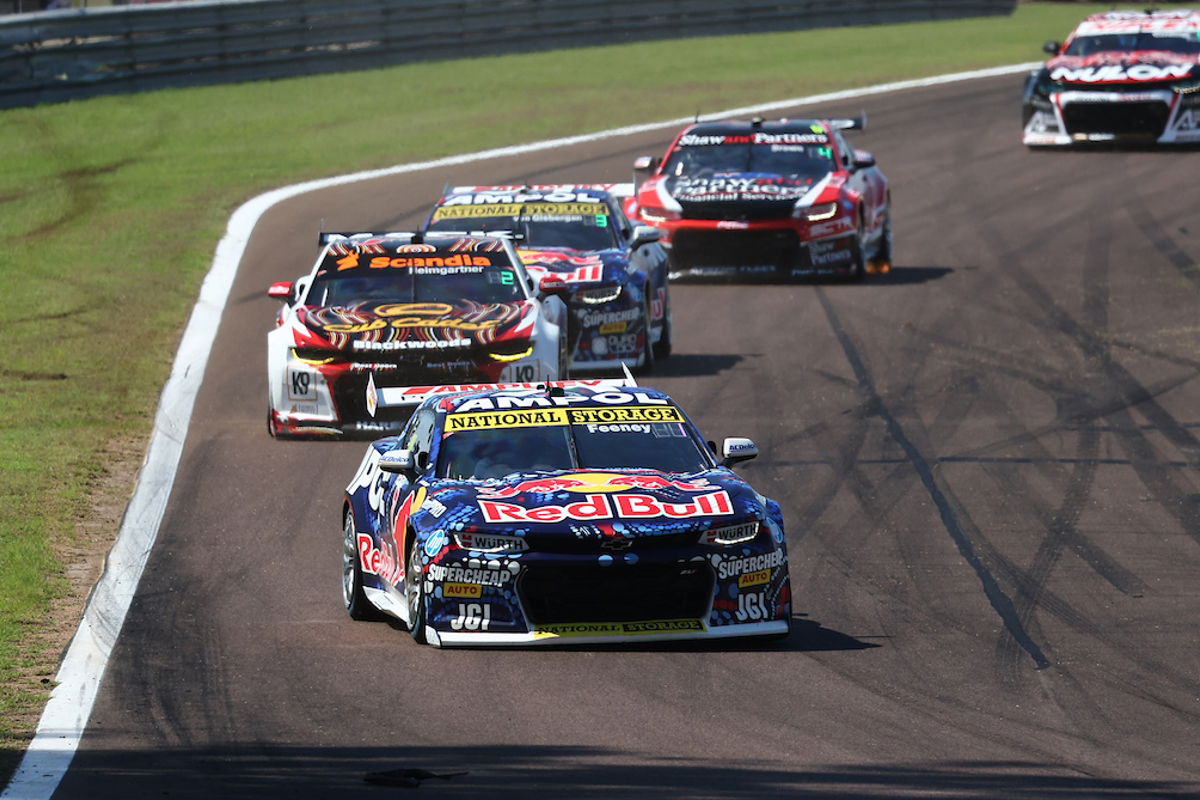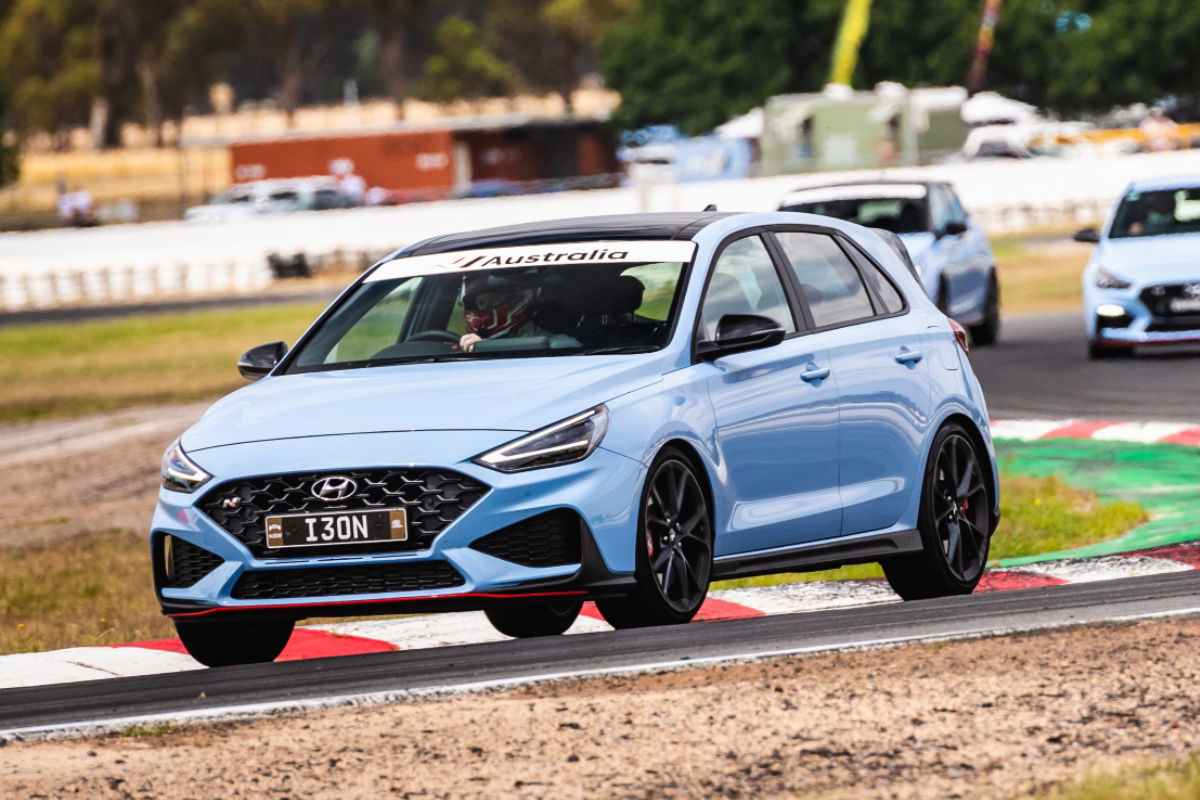
The car industry and motor racing are on a collision course.
Take a look around the world, all the way from NASCAR and the World Rally Championship to domestic series like Supercars, and all are facing a common problem – a lack of suitable vehicles to race. The much-discussed concept of ‘production relevancy’ for racing series, the idea that what you see on the track connects to what you buy in the showroom, is in increasingly short supply.
We see it up close in Supercars, where the latest Ford Mustang competes against the now-defunct Chevrolet Camaro. We’re told a replacement is coming but what and when is unclear and unlikely to be public knowledge anytime soon.
Coupes like the Mustang and Camaro are a niche segment, predominantly centred around the European premium brands – Audi, BMW and Mercedes-Benz. So finding a third manufacturer to join Supercars will be a struggle as all three German brands have expressed minimal interest in our local series.
But a lack of suitable production vehicles is not limited to Supercars. TCR may be booming at present, built around the sizeable small car market, but we are already seeing a shift away from hatchbacks and sedans by most car brands. The likes of the Toyota Corolla, Hyundai i30 and Honda Civic are falling out of favour with new car customers as more and more compact SUVs hit the market.

The WRC has started to see this impact already, with Ford choosing to drop the Fiesta hatchback in favour of the Puma SUV and it feels like a matter of time before Toyota and Hyundai follow suit.
And the slow, steady decline of suitable production car body styles to race is only part of the problem. Electrification is the new key battleground for car companies as they race to cut emissions driven by regulations around the world.
As the relative success and mediocrity of Formula 1 and Formula E demonstrates, racing fans are not going to be easily won over by electric motorsport. Somewhat ironically then, electrification in racing is almost the easy part, as car makers will want to invest in developing the technology and then promoting it and motorsport is the perfect avenue for that.
But that will be a tough sell, especially if touring cars and rally cars end up in SUV bodies. Personally, I love motor racing in almost all of its forms, but the idea of watching electric SUVs race feels like a step too far – and I suspect I’m not alone.
So what’s the solution?

Well, attending the recent 24 hours of Le Mans gave me hope for the future, even if just in the short to mid-term. The armada of factory-backed Hypercars and deep LMGT3 field prove that for brands like BMW, Ford, Chevrolet, Cadillac, Alpine, Toyota and more that racing is still important in the wider scheme of things.
The key is the rules for both Hypercar and GT3 allow for car makers to do things on a relatively tight budget and sell cars to customers – which is ultimately their core business on or off the racetrack. I’m not suggesting that Supercars suddenly adopt GT3 regulations, but I do increasingly feel the days of bespoke domestic racing series are coming to an end. Manufacturers want economies-of-scale and return-on-investment, so at some point Supercars may have to consider its position in the wider world. The death of the local car industry really meant the end of the line for Supercars’ ‘Australian only’ policy, even if Gen3 has managed to stretch it out a little longer.
Times are changing and I hope Supercars and every other major racing category is able to adapt to that change so we can continue to watch exciting racing cars – in whatever form they come… as long as they’re not electric SUVs!











Discussion about this post